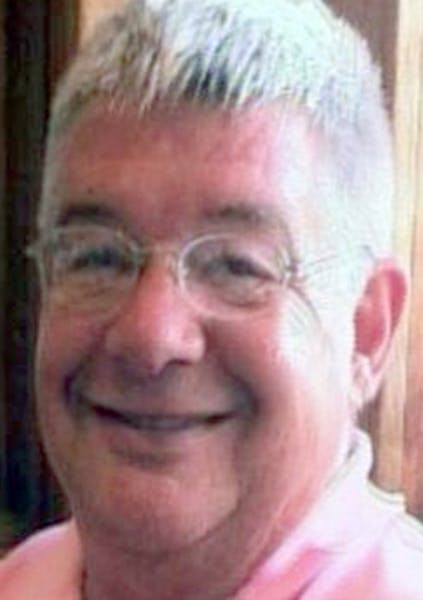Magnet schools — the main tool for desegregating Minneapolis district schools — aren't significantly decreasing the racial isolation of heavily minority schools or improving math and reading achievement, a new district analysis has found.
The internal review also suggests that the district decide by December which magnet programs it should continue to fund, although no closing of schools is proposed. It found that there has been inconsistency on how thoroughly magnet programs have been implemented, with episodic backing and money from the district.
Magnet schools were created in Minneapolis in the 1980s, both to attract white students to predominantly minority schools and to encourage minority students to move to schools in white areas.
But the makeup of the district has changed markedly since. In 1983, it was nearly two-thirds white, but minorities became the majority by 1989. White students now make up about a third of enrollment. Moreover, the district's severe restrictions since 2009, when it sharply reduced cross-city busing in favor of students largely staying within each of three large attendance areas, also has limited the ability of schools to draw students of another race.
"When you have segregated communities, it makes the work so challenging," said Eric Moore, the district's research director.
Myron Orfield, executive director of the Institute on Metropolitan Opportunity, said that group's studies of successful magnets have found they require careful attention to racial balance to keep them well-integrated, plus responsiveness to parents in contributing racial groups.
The surprising finding that the schools weren't ending the racial isolation of minority students measures them by their ability to attract whites to minority-dominated schools, rather than minority students to white-dominated schools. The state defines a school as racially identifiable when its percentage of minority students is more than 20 percent above the district average for the grades it serves. For example, Green Central school on the South Side measured 98.4 percent minority last fall, while Johnson and Hmong International on the North Side are 97.4 percent minority, close to 30 percentage points above the district average.
The district now has 12 elementary magnets, including two Montessori, two open, two arts, two Spanish immersion, three International Baccalaureate and an environmental school. In the days of broader magnet programs, those such as North High School's Summa Tech drew students from all over the city; North boosters have been clamoring for reviving it.
In recent years, St. Paul and Minneapolis districts have shrunk the number of magnets they operate. It's expensive to bus students across the city, and St. Paul concluded that many were not closing the racial achievement gap. The Legislature added student achievement as a goal for school districts receiving state integration aid, beyond reducing racial imbalances among schools.
Still, some magnets remain on the district's list of racially isolated schools. One example is Hall, which offers an IB program on the North Side; another is Sheridan in northeast Minneapolis, an arts magnet.
One strategy for improving the attractiveness of magnets is trying to rebuild them from the ground up with research-based practices that are faithful to the school's theme and then reinforced with the funding to carry out the program effectively. That's the recommendation of Associate Superintendent Sara Paul. Adding dollars for magnets would be politically ticklish for the school board, given complaints from community school parents that magnets get extra money for their programs.
An analysis by Moore's department found that magnet school performance in reading and math gains is sprinkled along the continuum of other district schools in no apparent pattern. "Certain magnets are outperforming the average, and other schools are underperforming," Paul told the school board recently. She said that high quality is a prerequisite for drawing families to send children far from their homes, especially if the district doesn't bus them.
Steve Brandt • 612-673-4438
Twitter: @brandtstrib
Neighbors, city officials at odds over Rochester lake dam

Souhan: This is KAT's chance to prove Flip Saunders was right

The story of Hercules the cat: Rescued in 2022, Target model in 2024

Minnesota State Patrol celebrates diverse new class of troopers

